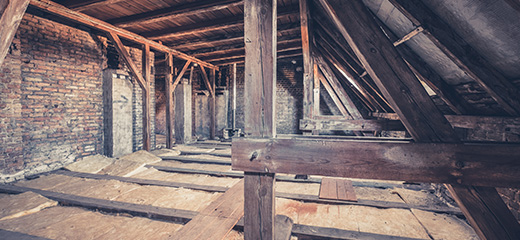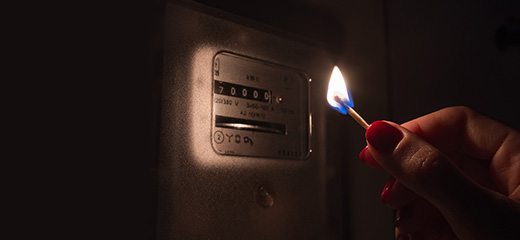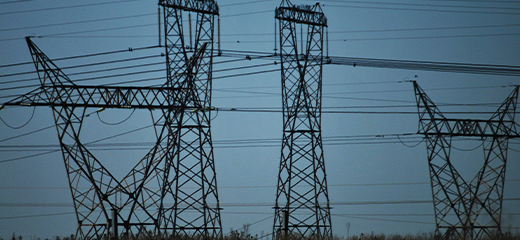
How home insulation saves money
Home insulation is an essential element that helps keep your home warm in winter and cool in summer. And a proper installation can improve your home’s energy efficiency and help reduce your electricity bills.
Unfortunately, the adage ‘out of sight, out of mind’ comes into play and many homeowners simply don’t realise the benefits of insulation.
How does insulation work?
The concept that insulation can keep your home both cool in summer and warm in winter can seem contradictory. However, experts explain that, as an energy, heat will always seek out cooler areas.
In South Africa, windows, roofs and ceilings offer very little resistance to the flow of heat, unlike our brick walls. Windows cannot be insulated, however, sealing any gaps and hanging heavy curtains during winter can make a real difference in retaining heat within the home.
Our roofs, on the other hand, are less accessible and their large surface areas are continuously exposed to the elements. Roofing materials, such as tiles and tin, also have high energy conductivity, allowing the sun’s concentrated heat to enter the home during summer and any built-up heat to escape during winter. According to the experts, as much as 35% of a home’s heat can enter and exit through the roof.
Properly installed insulation acts as a barrier, reducing the flow of heat. This helps prevent heat from escaping our homes during winter and entering our homes in summer. And you feel the difference too, with average homes experiencing temperature changes of around 4 degrees depending on the materials used.
This has a direct impact on a home’s heating and cooling needs, resulting in noticeably lower electricity usage and monthly costs. What’s more, it helps lower the intrusion of noise pollution.
Insulation options
The insulation market has grown to offer a wide variety of materials and options for the homeowner.
The most common types come in rolls or pre-cut lengths and are mostly made from fibreglass, mineral wool or polyester. Spray foam insulation is made from polyurethane and needs to be professionally pumped into a space. Loose-fill insulation or cellulose fibre is made from recycled paper and is pumped or poured into the area. Rigid insulation, commonly polystyrene boards, are pre-cut and ideal to use under wooden and concrete floors.
Specially manufactured reflective foil which can be used as a waterproofing membrane directly under the roofing is also able to minimise heat transfer. However, the Thermal Insulation Products and Systems Association SA (TIPSASA) says that additional insulation may still be needed at ceiling level to achieve good levels of insulation through all seasons.
Before making a decision on which material is best for your home, ask your installer about the different ratings offered. TIPSASA explains that it’s not the thickness of the insulation that matters, but rather its ‘R-value’.
“This is a measurement of the insulation’s resistance to heat transfer and is expressed as a number normally between one and three. The greater the R-value, the more effective the insulation at resisting conducted heat flow into the building in summer and out of it in winter.”
Importance of installation
While insulation might seem like an easy do-it-yourself project, TIPSASA says it really is best to have an expert do the installation.
In addition to getting the most energy efficiency from your insulation investment, elements like wiring, electrical fittings and particularly recessed lighting that run at high temperatures need to be dealt with appropriately.
A specialist installer will also be able to tell you what to expect in terms of lifespan and how to check and maintain your insulation to keep it in good condition.
Head to LookSee for a range of vetted products and services aimed at helping you save money.









